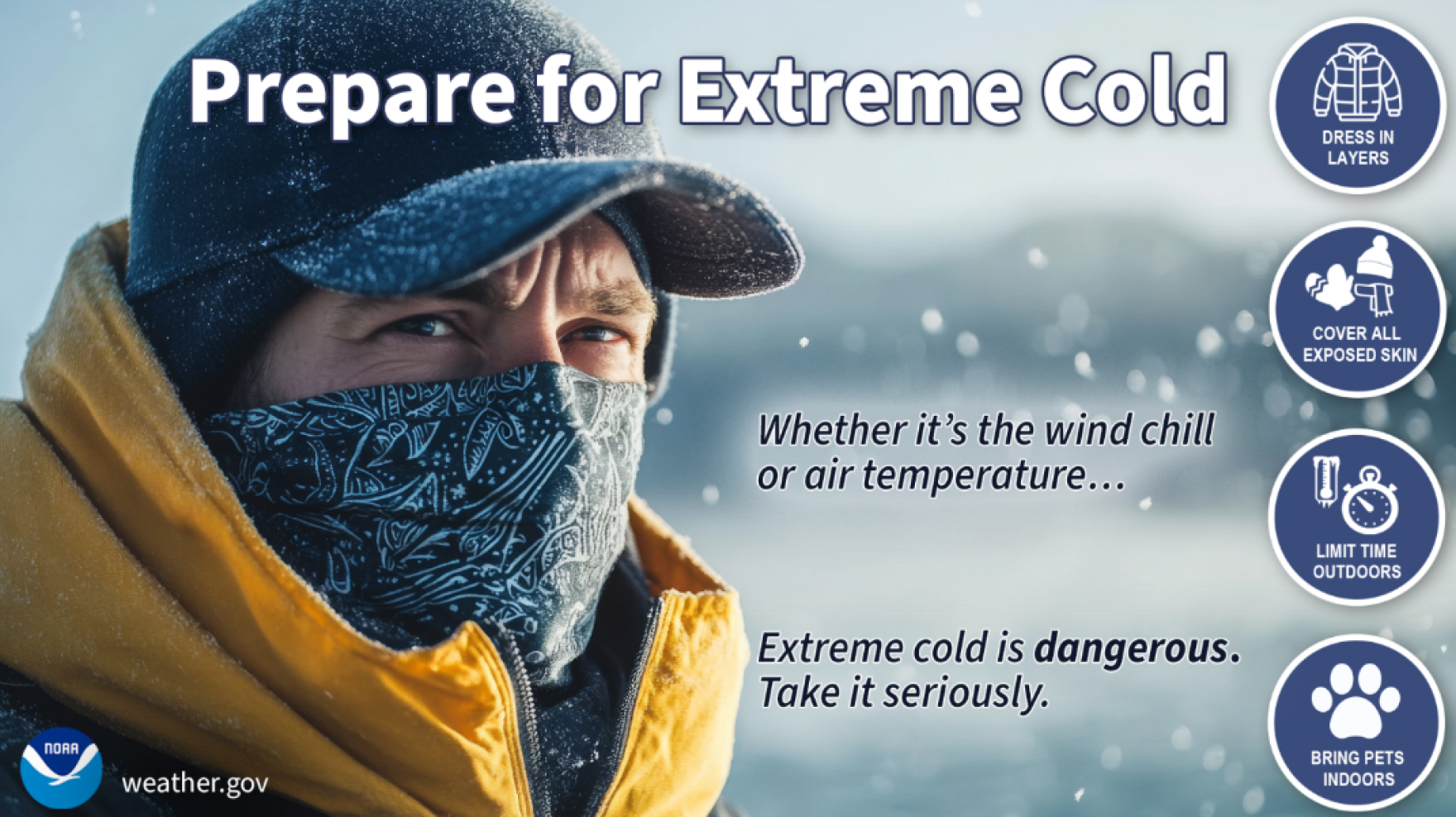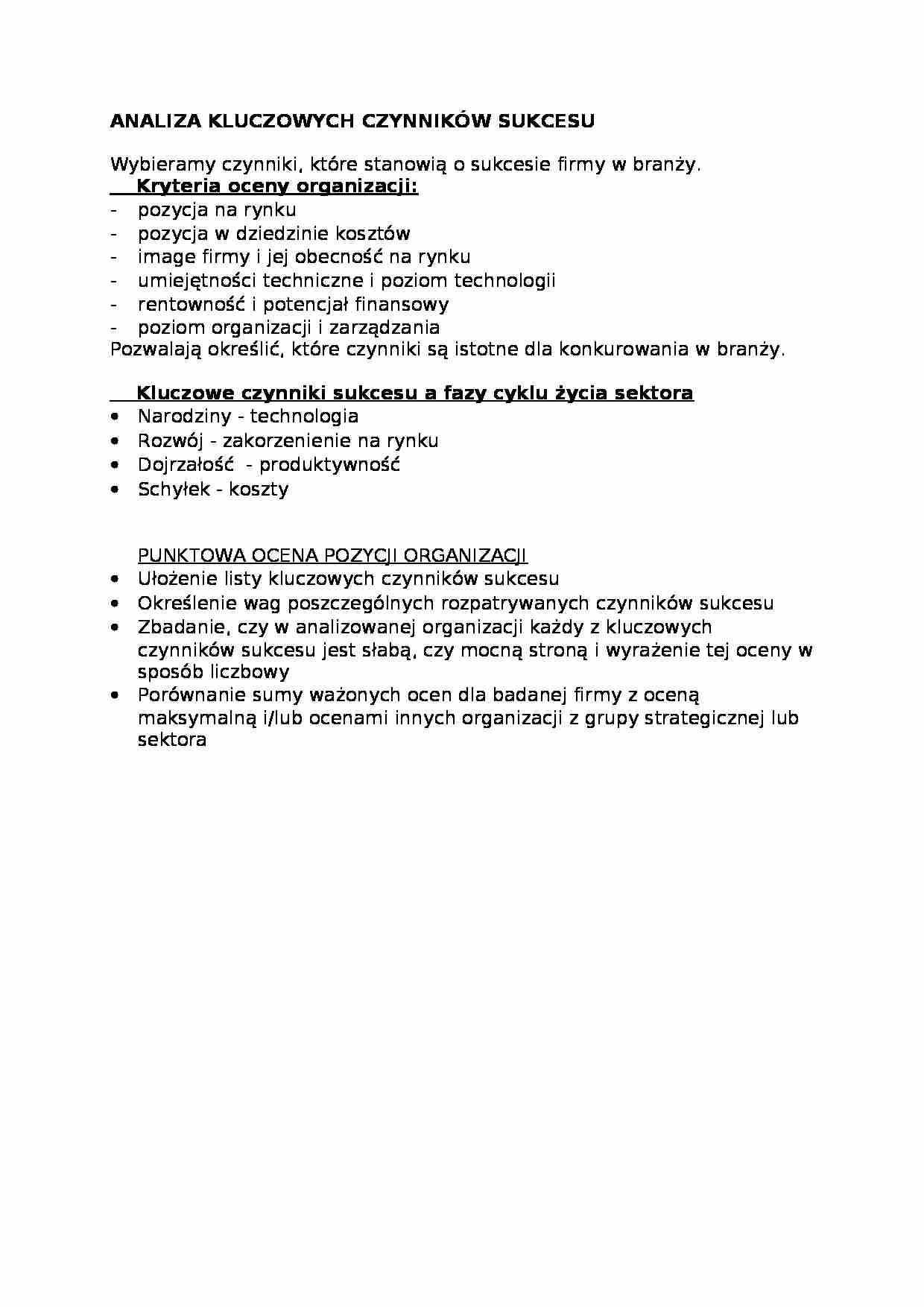National Weather Service Simplifies Heat Alerts: Easier Warnings For Safer Summers

Table of Contents
Understanding the Old Heat Alert System and its Shortcomings
The previous NWS heat alert system, while well-intentioned, suffered from several complexities that hindered effective communication and public response. The system employed numerous alert levels ("Heat Advisory," "Excessive Heat Warning," "Heat Watch," etc.), often using inconsistent terminology across different regions. This resulted in significant confusion for the public.
- Too Many Alert Levels: The sheer number of alerts made it difficult for individuals to quickly grasp the severity of the situation and the appropriate response.
- Inconsistent Terminology: Variations in terminology across different NWS offices led to misunderstandings and inconsistencies in public messaging.
- Lack of Clear Actionability: The old system often lacked clear, actionable advice for the public, leaving individuals unsure of what steps to take.
- Difficulty for Diverse Populations: The complexities of the old system presented significant barriers to understanding for people with limited English proficiency or other communication challenges. The heat index, a crucial factor in determining risk, wasn't always clearly explained.
The New Simplified National Weather Service Heat Alert System
The NWS has streamlined its heat alert system to improve clarity and effectiveness. The new system focuses on two primary alert levels:
- Excessive Heat Warning: This indicates that dangerously hot conditions are occurring, posing an immediate threat to life and health. Urgent action is required.
- Excessive Heat Watch: This means that conditions are favorable for extremely hot weather, and an Excessive Heat Warning may be issued soon. Preparations should begin.
This simplification, combined with clearer language and action-oriented messaging, significantly improves the effectiveness of the alerts. Other improvements include:
- Clearer Language and Actionable Messaging: The new system uses plain language and provides specific recommendations for staying safe during extreme heat.
- Improved Communication Across Platforms: The NWS is leveraging its website, mobile app, social media channels, and partnerships with local media to disseminate these simplified heat alerts widely.
- Increased Emphasis on Preparedness: The updated system emphasizes preventative measures and encourages individuals to develop heat safety plans.
How the Simplified System Improves Public Safety
By simplifying the alert system, the NWS aims to improve public understanding and lead to faster, more effective responses to heat waves. The benefits include:
- Reduced Confusion: The fewer alert levels and clearer language reduce confusion, leading to more timely actions to protect life and health.
- Increased Awareness Among Vulnerable Populations: The simplified system better reaches vulnerable groups like the elderly, children, and individuals with pre-existing health conditions who are most at risk of heat-related illnesses.
- Better Collaboration: The clarity of the new system improves collaboration between the NWS, local emergency services, and public health officials.
- Improved Public Health Outcomes: Earlier preparedness and better public understanding, facilitated by the simplified system, contribute to improved public health outcomes by reducing heat-related illnesses and deaths.
Accessing and Understanding NWS Heat Alerts
The public can access NWS heat alerts through several channels:
- NWS Website and Mobile App: The official NWS website (weather.gov) and mobile app provide real-time alerts, forecasts, and safety information.
- Email and Text Message Alerts: Sign up for weather alerts through the NWS website or your preferred weather app to receive timely notifications directly to your inbox or phone.
- Local News and Weather Broadcasts: Stay informed by checking local news and weather broadcasts, which often relay NWS alerts.
By utilizing these various platforms, individuals can ensure they receive timely warnings and stay informed during periods of extreme heat.
Conclusion: Staying Safe with Simplified National Weather Service Heat Alerts
The new, simplified National Weather Service Heat Alerts system represents a significant step forward in protecting the public from the dangers of extreme heat. By reducing complexity and improving communication, the NWS aims to create a more effective and accessible system that saves lives. The clearer alerts, combined with proactive preparedness, lead to better public response and reduced heat-related illnesses. Stay informed and protect yourself this summer by familiarizing yourself with the updated National Weather Service Heat Alerts and taking proactive measures to stay safe during periods of extreme heat. Learn more about heat safety tips and heatwave preparedness on the NWS website. Remember to sign up for alerts and be prepared!

Featured Posts
-
 Trump Zelenski Analiza Kluczowych Punktow Rozmowy
May 30, 2025
Trump Zelenski Analiza Kluczowych Punktow Rozmowy
May 30, 2025 -
 Gaza Childrens Plight Palestinian Envoy Breaks Down At Un
May 30, 2025
Gaza Childrens Plight Palestinian Envoy Breaks Down At Un
May 30, 2025 -
 Augsburger Sport Die Geschichte Der Rueckkehr Juedischer Athleten
May 30, 2025
Augsburger Sport Die Geschichte Der Rueckkehr Juedischer Athleten
May 30, 2025 -
 Will Kg Motors Mibot Succeed In Japans Competitive Ev Landscape
May 30, 2025
Will Kg Motors Mibot Succeed In Japans Competitive Ev Landscape
May 30, 2025 -
 Did Elon Musks Daughter Vivians Modeling Debut Signal A Break From Family
May 30, 2025
Did Elon Musks Daughter Vivians Modeling Debut Signal A Break From Family
May 30, 2025
